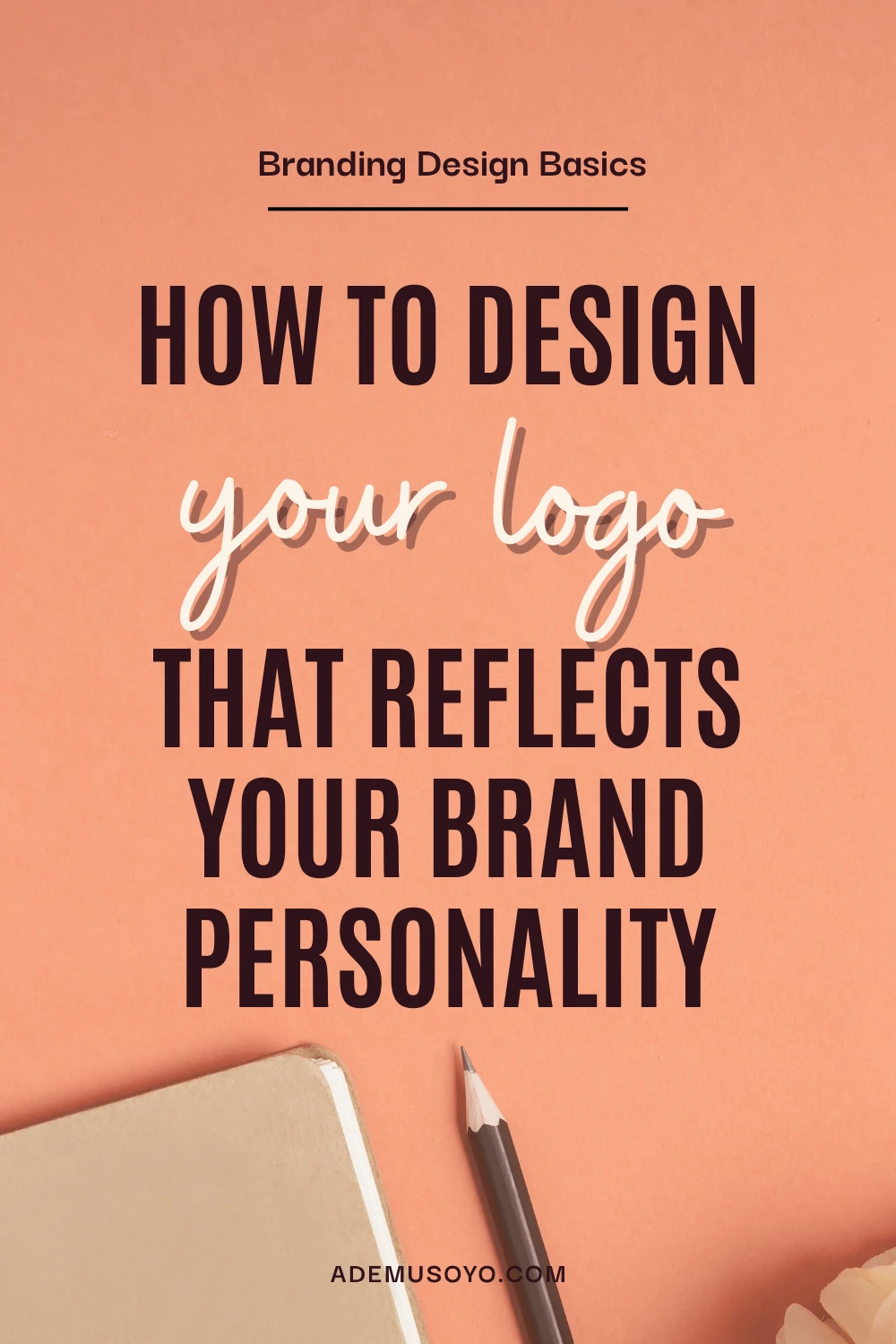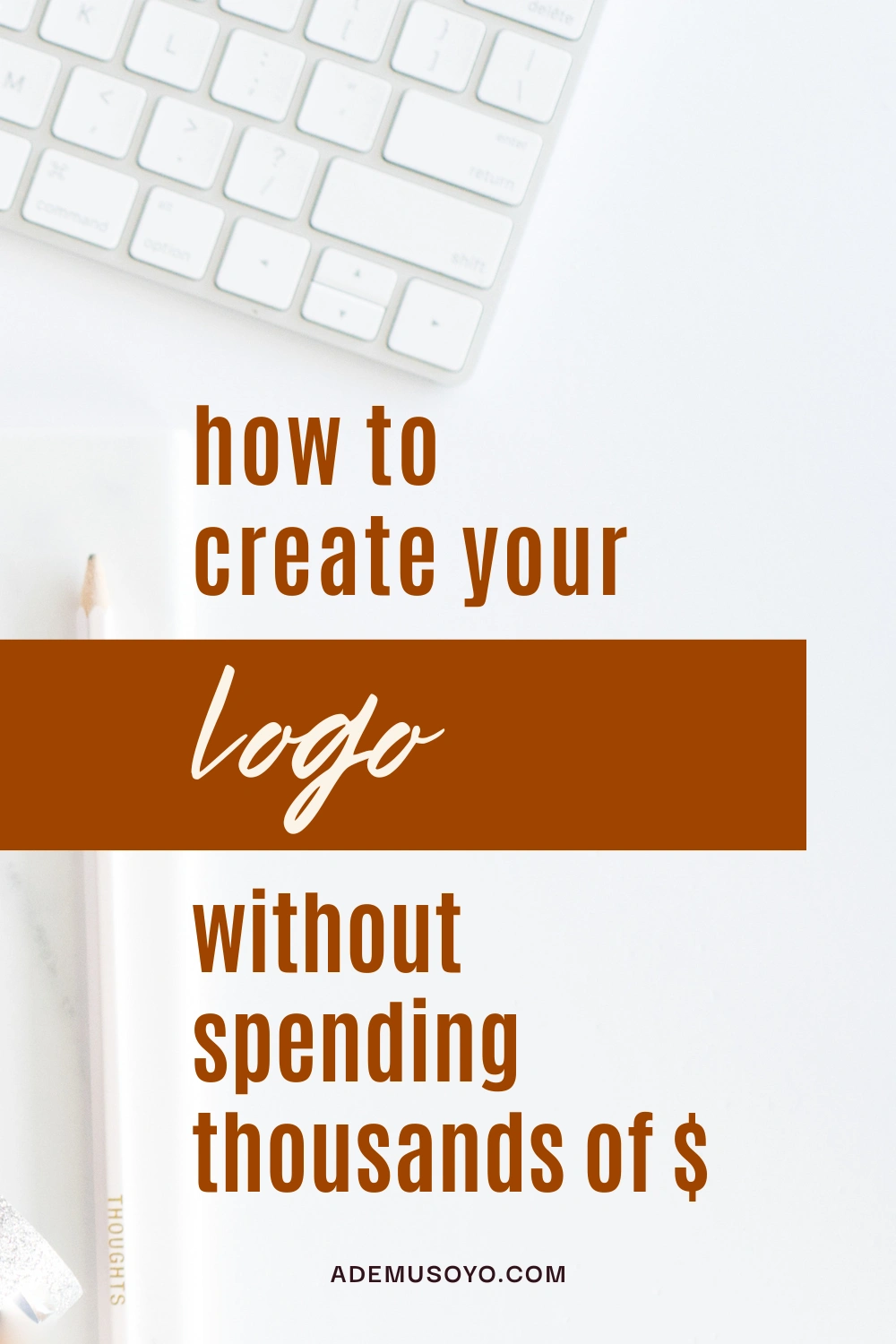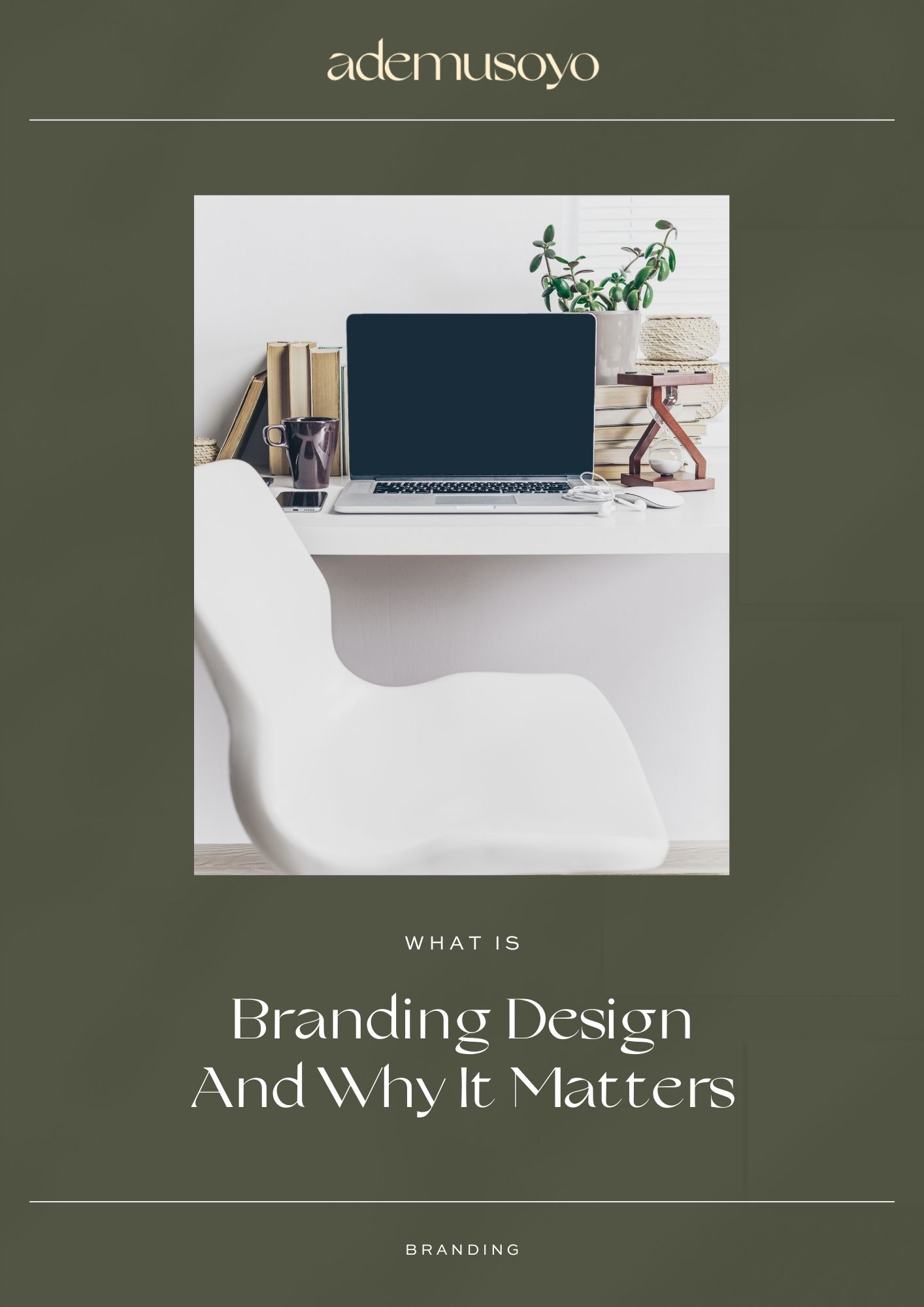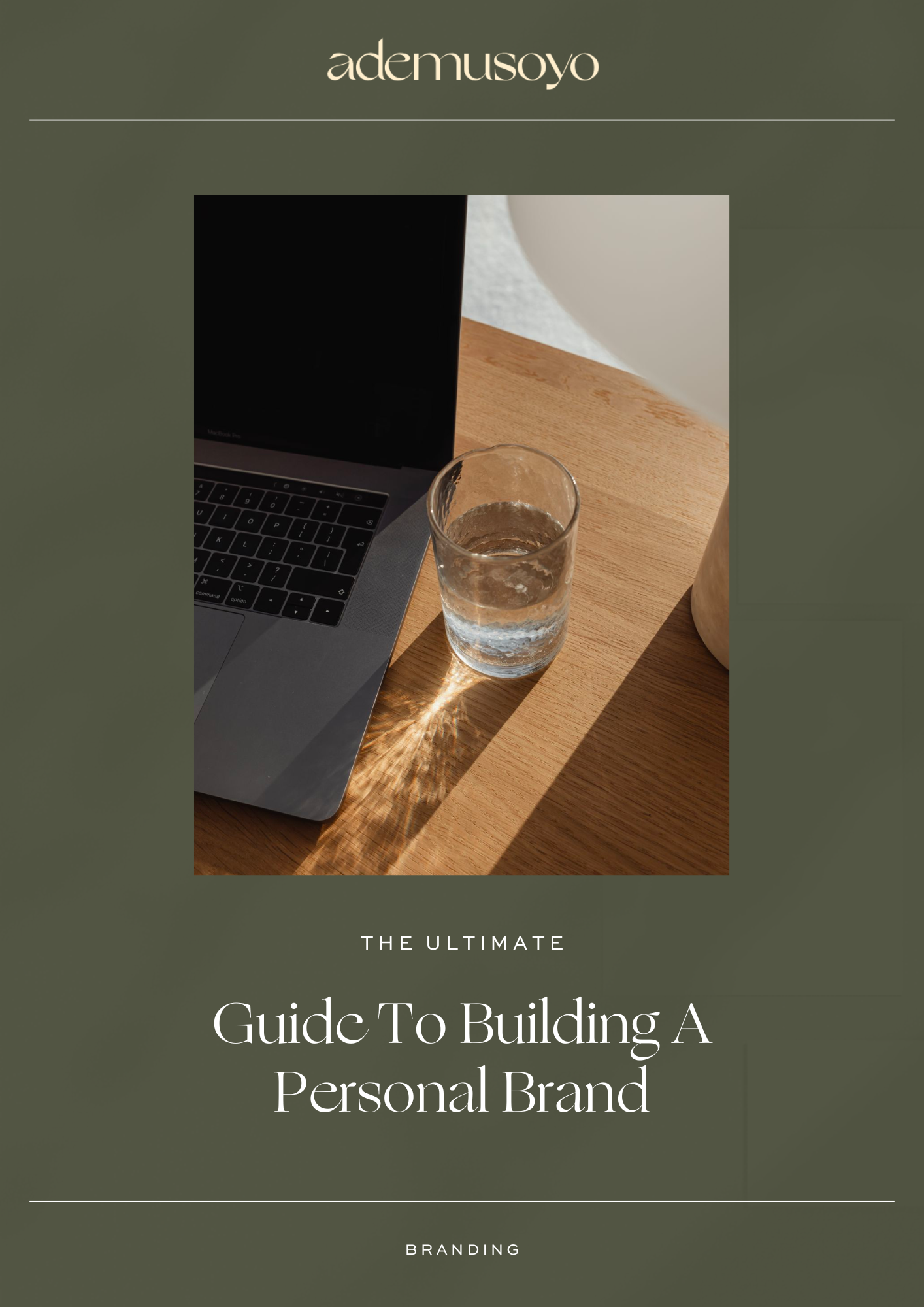The process of developing a system of visual components that communicates the vision, messaging, and purpose of your brand is known as branding design. It comprises visual components including illustrations, photography, typography, colors, and logos. It transforms your brand’s complete embodiment into instantly recognizable representations. Find out how branding design works and why it matters in your business’s growth.
The best and largest businesses have worked hard to create a distinctive visual identity that not only draws in new clients but also retains existing ones. If you’re just starting out with content creation, I strongly advise that you first develop and understand your branding so that you have a foundation on which to build as you expand. Your brand should have a strong visual identity that works well and seamlessly across all platforms.
Whether you’re a beginner or a more established brand, having a consistent brand identity from the stories that you tell and the visuals you curate are key to success. When you’ve established your overall brand messaging and are communicating that to your audience, the next step is to work on your visual brand identity and design.
Visual Brand Identity
A visual brand identity consists of pictures, colors, graphics, and your logo. Logos can make a powerful statement that can help you become recognizable even if your name isn’t right next to this image. Logos can be tough to come up with, but in this blog post, we’ll be diving deeper into what goes into building a brand logo.

Brand vs Logo
One common mistake that people make is thinking that a logo is the only thing that makes up a brand. A logo is only one element of your brand. Without the rest of your branding design and strategy, a logo is merely just a picture that provides no context. You need to have the other elements of your branding that can tell the story and provide meaning behind your logo. This is where your brand strategy comes into play. When you have a fully developed brand strategy, the logo has a meaning which makes your logo design all the more powerful.
Branding design tips on how to create your own logo
If you’re just getting started with your brand and don’t necessarily have the resources to pay someone to create your own logo, consider designing your own logo yourself using both free and paid tools. Here are some that you can use:
Each of these platforms contains templates that you can choose from and customize to fit your own branding and aesthetic. When it comes to knowing what colors to use within your brand, understanding a bit of color psychology can be very helpful. Here’s a breakdown of what each of the colors signifies and how they may play a part in what you want your logo and brand to convey:
- Red: excitement, strength, love, energy, danger, fire, war.
- Orange: confidence, success, bravery, sociability, enthusiasm, attraction
- Yellow: creativity, happiness, warmth, cheer, sunshine, joy
- Green: nature, healing, freshness, quality, growth, fertility, and harmony
- Blue: trust, peace, loyalty, competence, faith, stability, and wisdom
- Pink: compassion, sincerity, sophistication
- Purple: royalty, luxury, spirituality, ambition, creativity, and mystery
- Brown: dependable, rugged, trustworthy, simple
- Black: formality, drama, sophistication, security, power, death, and mystery
- White: clean, simple, innocent, honest, pure, good.

Brand Identity
Creating a brand logo starts with understanding your brand identity. When you’ve understood your brand identity, you’re able to better clarify what you want your brand identity to be. Establishing your brand identity is establishing the long-term vision for your company that will attract new and repeat customers and clients.
Oftentimes people think that their brand identity is their colors and logo, however, it goes beyond that. Your brand identity should shed light on who you are as an individual and the impact that you want to have within your industry.
You need to identify what it is that you’re trying to showcase to the world and why you want to showcase it. You have to dig deep. A lot of times we start businesses and build brands because we want to have an impact but what does impact look like? What type of impact are you trying to have on the world and how will you make sure that happens? Understanding your core brand will fuel you to always show up even though it may be difficult. Your core brand can be broken down into these three areas.
- Mission: This is your why. It is what drives you to build your business.
- Purpose: This is what makes you stand. This is your reason behind why this is your mission for your brand or business.
- Values: This is what your brand aligns itself to. This should be something that is showcased through your work and through your content.
Brand personality
Your brand personality is also another key story of how you establish your brand identity. Your brand personality is how you want your brand to come across. To understand your brand personality, it’s important to understand what is the tone of voice that you will carry on within your content. What perspective are you drawing from when sharing information? How do you feel that people will start to connect your brand to their day-to-day lives? Some Brand Personalities that you might carry are:
- Strategist: You want to offer people solutions. You have a step-by-step process that you tweak based on individual’s needs and you’re actively trying to help people get to the next step.
- Motivational: You want people to see your brand and think of it as aspirational. You also share messaging that is encouraging and shows people that whatever it is that they want to achieve, it is possible,
- Educational: Whether you come from an academic lens, or if you’ve spent tons of time researching and studying a topic on your own, you want people to learn from your thoughts, ideas, and perspectives.
Your brand personality doesn’t have to fit just one of those boxes, however, thinking about how you want people to want to perceive you is some of the best ways to figure out what to say in order to establish that connection.
Brand story
What separates your brand from anyone else’s is the story that comes behind it. As an online service provider, we are helping our clients get things done quicker, more efficiently, and oftentimes better than they would have for themselves. Because of this, our potential customers need to know clearly how we can solve their problems without confusion and the headache.
Clarify your brand message
When you have clarified your brand message, you are able to outline exactly why your clients need you and you’re able to create your framework for how you work with your clients through your services. Your goal should be to make it easy for clients to understand what you do, how you do it, and the transformation that they will have while working with you.
Your audience is the Hero
When telling and sharing your story, it’s important that you do not share your story to only focus on yourself. Your audience needs to feel like they see themselves in your story. Your audience wants to feel like they are their own hero in their own story instead of just feeling like they are lost with nowhere to go. By establishing yourself as someone who understands their problems, empathizes with them, and can provide them with the next steps to overcome their challenges, you should think of yourself and your brand as a guide within their story.
Show them who you are
People are looking to better understand who you are and what is the heart of your business. This is where your brand story can drive that understanding and connection point between your audience. You don’t have to get too personal. Find an area of your life that is easy to talk about and share that with your audience. Spend time developing a brand narrative that reveals not only what you do but also who is behind it.

Branding design logo variations
When talking about logo variations, we aren’t talking about having your logos look completely different from one another. In fact, all of your logo variations should look really similar with some sizing and color differences. Whether you’re designing your brand yourself or working with a brand designer, here are four different logo variations that your brand must have:
Primary Logo
Primary Logos are the main logo used to represent your brand. Your other logo variations usually stem from the initial primary logo. Primary logos also tend to be the logos that are the most extensive and the biggest compared to all of your other logos. Primary logos should be placed on your website and any other printed copy that you may have.
Secondary Logo
Secondary logos are the alternative to the primary logo. They tend to be a little bit more condensed than the primary logo in order to fit in smaller places where the primary logo may not fit. Your secondary logo shouldn’t look too much different from your primary logo. Places, where you might want to put your secondary logo, are mobile headers, business cards, and invoices.
Submark Logo
Submark logos are the simple, smaller version of your brand elements. They usually include just your business name and a little bit of an additional creative element but they can also just include the initials of your brand. You can find a submark logo usually on social media.
Favicon
Favicons are the smallest version of your logo. Though favicons aren’t typically the icons that draw people’s attention, their absence is glaringly obvious. Favicons are the square or circular logos that show up on the tab of your website while someone is surfing on a desktop. Normally, if you don’t specify a favicon, your website platform may use a generic one. For instance, Squarespace only uses a cube as a favicon if you don’t define a favicon. A favicon is really the final finishing touch of your brand.
Branding design ideas and inspiration for your logo
There are a couple of places that I personally like to use when it comes to coming up with logo inspiration. Here are some of my recommendations:
- Free Logo Design: This website contains so many different logos across different industries which is perfect to gather inspiration.
- Pinterest: Pinterest is filled with so many images that can give you inspiration for brand visuals as well. Try searching, “Logo Ideas” or even get more specific and say “Minimal Logo Design Ideas” and see what pops up.
- Canva (Affiliate Link): I use Canva to design all of the graphics that you see on Instagram and on my blog. One of the best things about Canva is that they already have premade designs that make it really easy for you to customize as your own. If you’re just getting started with your brand, starting with Canva is not a bad way to go.
Investing in good branding design from the beginning will go a long way as you continue to build your brand or your business. If you have any questions on what you need to do to take your brand to the next level, book a consult call.









0 Comments